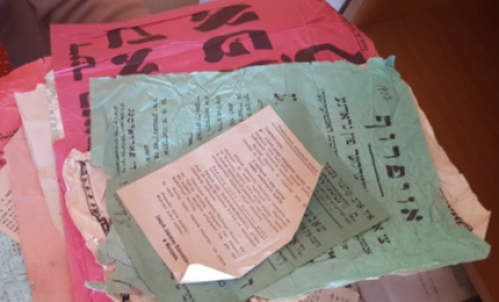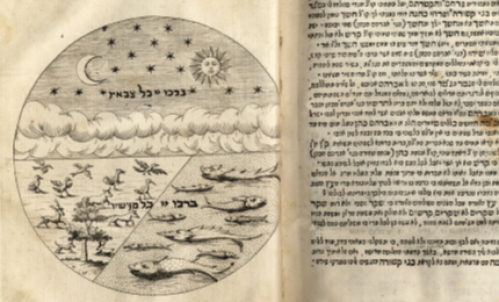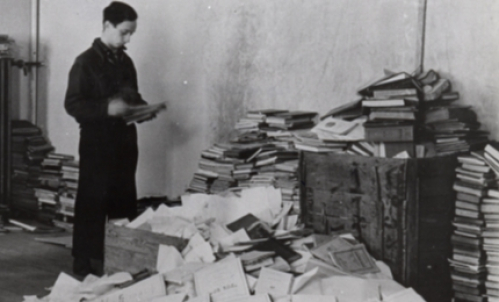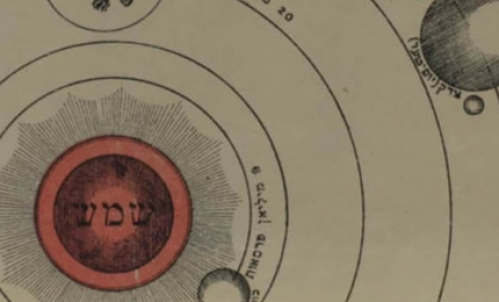Calculating the Rhythms of Jewish Life: Rare Illustrations from the Strashun Library
by ROBERTA NEWMAN
Very few of the Hebrew books in the Strashun Library collection have illustrations. Many of the books do have intricate architectural frames and other designs on their title pages and all of them possess their own type of beauty: dark and velvety typography on sepia or blue paper and the faded ink of inscriptions and book stamps that are reminders of the many hands these books have passed through in their journey through time to New York in 2016.
What illustrations exist tend to be black and white engravings. Infrequently, there are color illustrations, such as these charts from an 1886 edition of Itim le-vinah by Joseph ben Moses Aaron Ginzberg. Itim are appointed times (seasons, months, times of the day) in the Jewish calendar and vinah or binah means wisdom. This book is a fine example of a sefer evronot, a genre that uses rabbinic chronology for determining how to calculate the Jewish calendar and times for prayer. Sifre evronot often included astronomical data and perpetual calendars. This edition also provides data to use in determining the times of sunrise and sunset in various locations in the Russian Empire.
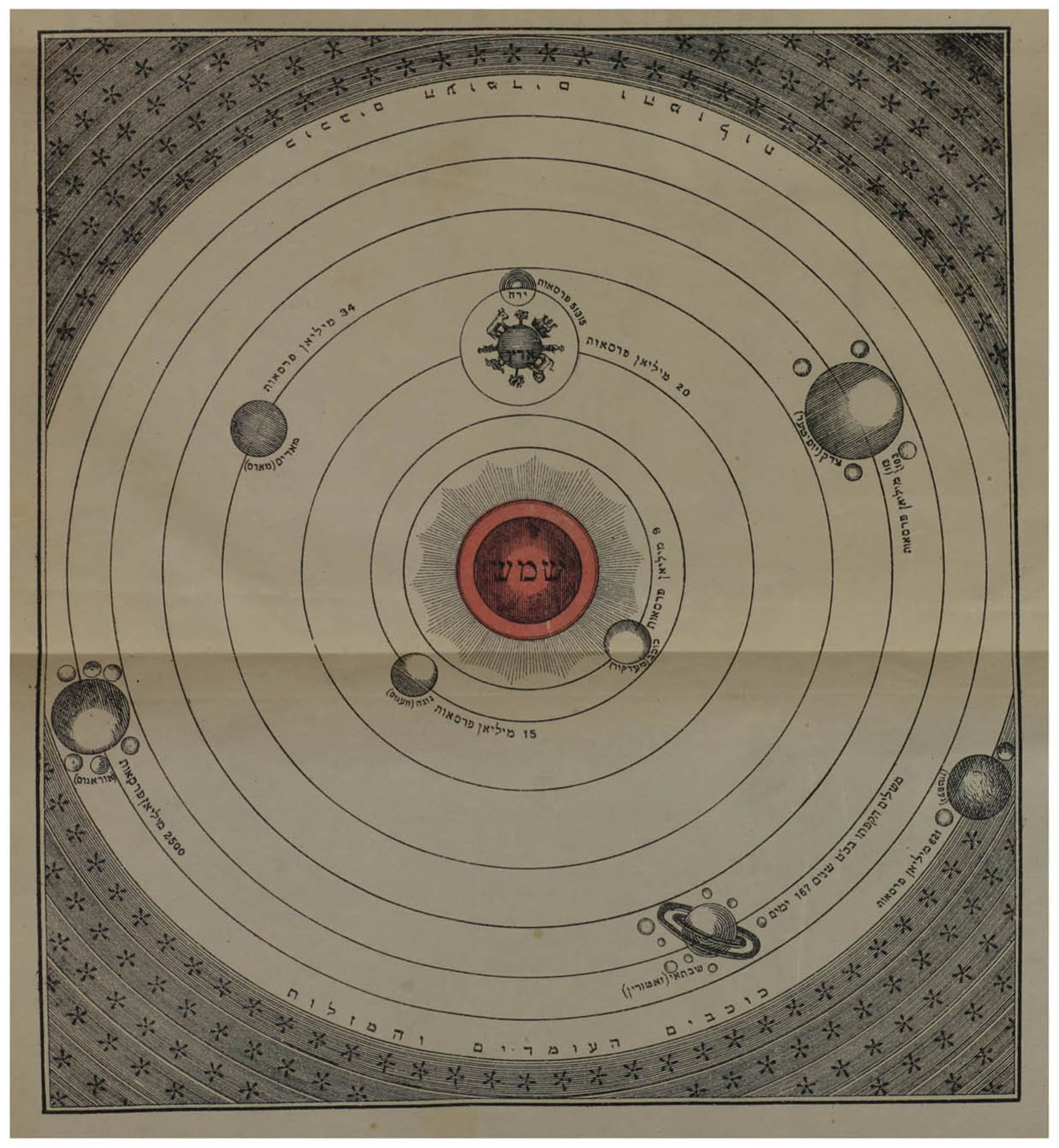
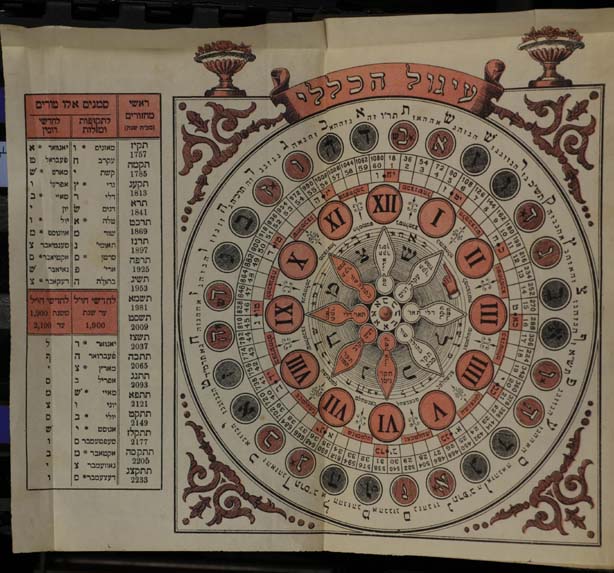
This genre of Jewish literature focused both inward on Jewish life and culture and outward, in its awareness of the calendars of the non-Jewish world and utilization of secular sciences such as astronomy. As Elisheva Carlebach notes in Palaces of Time: Jewish Calendar and Culture in Early Modern Europe (Harvard University Press, 2011), her book-length study of sifre evronot,
Jewish calendar literature… demonstrates how a minority culture creatively and simultaneously embraced and distanced itself from the majority culture… Calendars served as agents as well as mirrors of the Jewish experience. Their pages contained a graphic representation of the fundamental duality of their lives in time, with the neatly arrayed rows of Hebrew months alongside the Christian or Muslim, Jewish holidays along with non-Jewish, portraying a double consciousness that has symbolized Jewish life for much of its history.
Itim le-vinah is part of YIVO’s Strashun Library collection. Matthias (Matisyahu) Strashun (1817-1885) was an important book collector, who amassed about 6,000 books over the course of his lifetime. He bequeathed his collection to the Vilna Jewish community, which used it as the basis for a public Jewish library, which soon became one of the great Jewish libraries of Europe. The library was looted by the Nazis, but remnants survived. After the war, the remaining Strashun Library books became the core of YIVO’s rare book collection. Other Strashun books came to light in Vilnius in the late 1980s and are now also being digitized as part of this project.
Roberta Newman is YIVO’s Director of Digital Initiatives.
